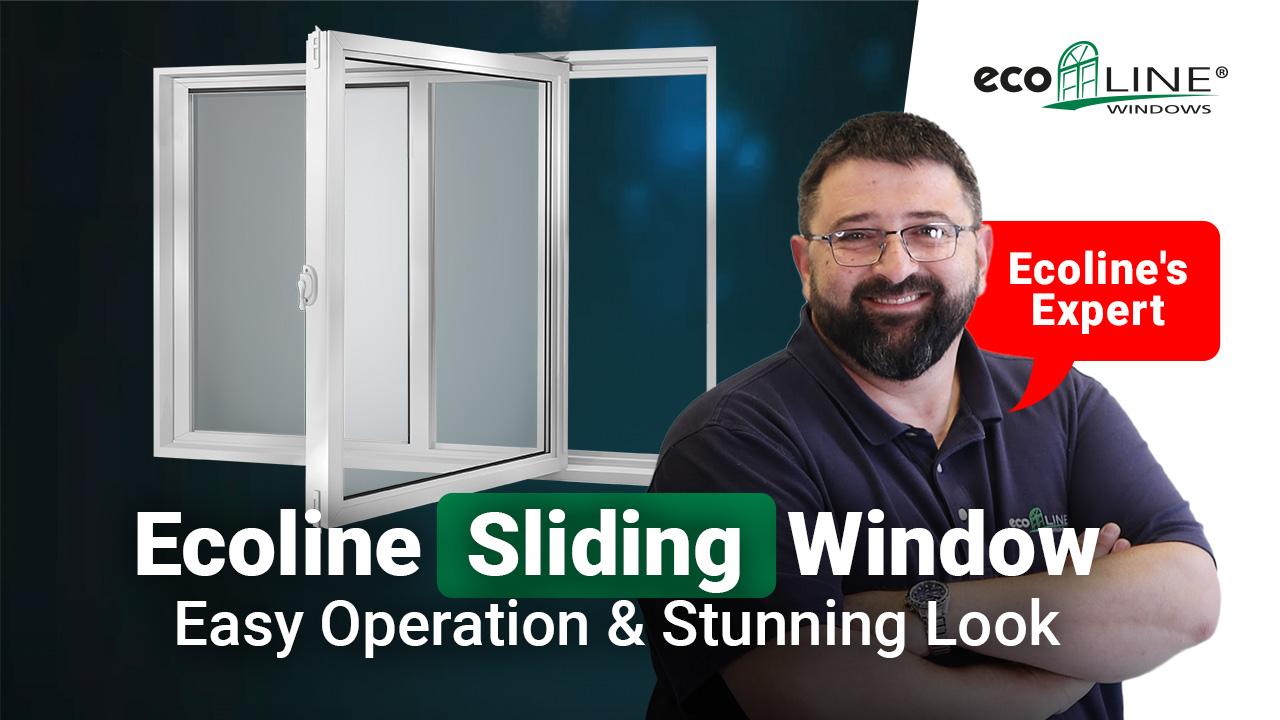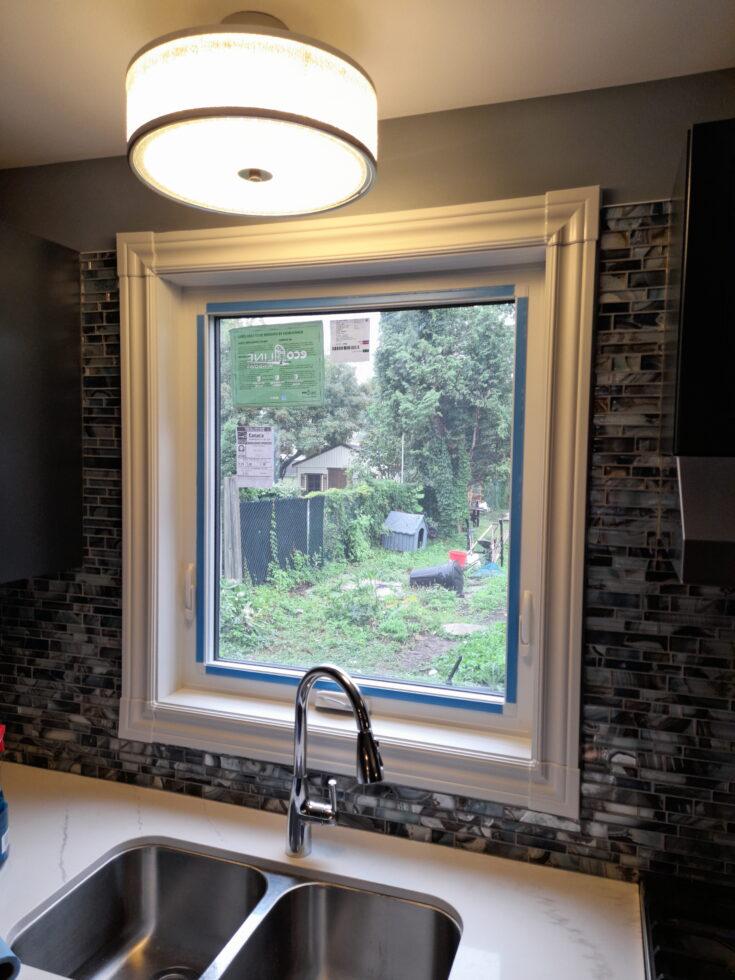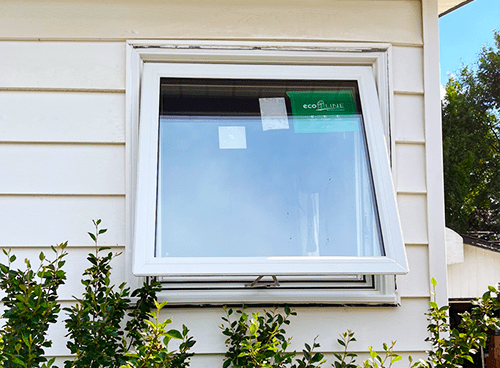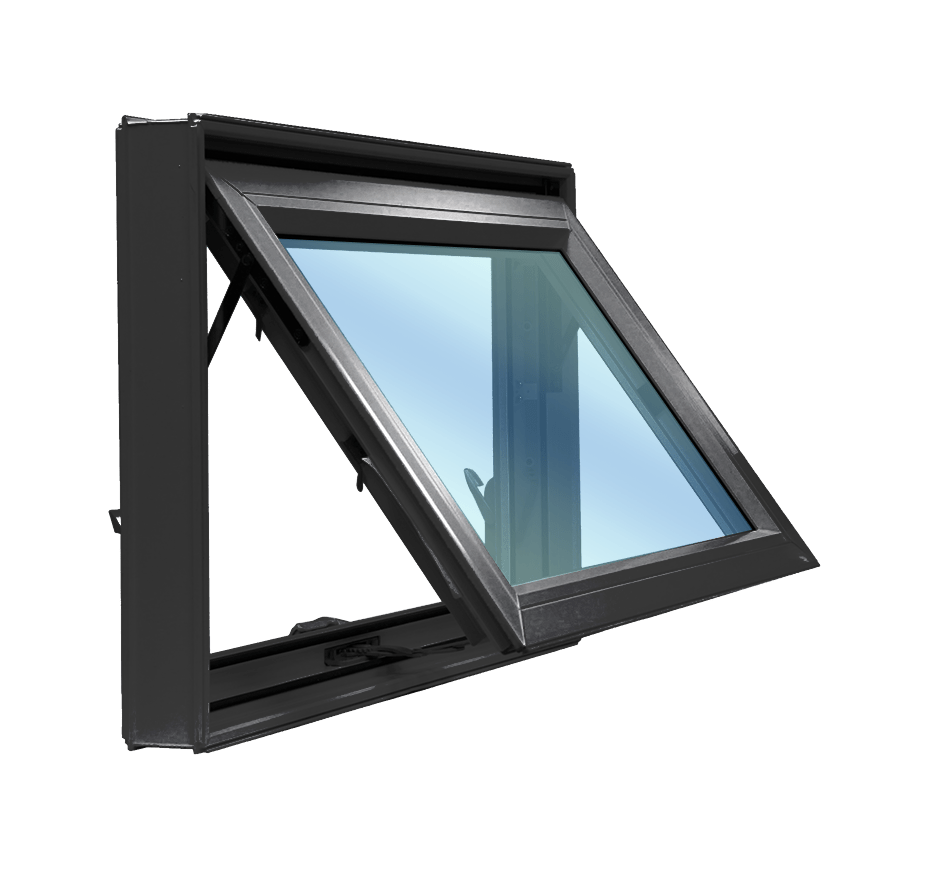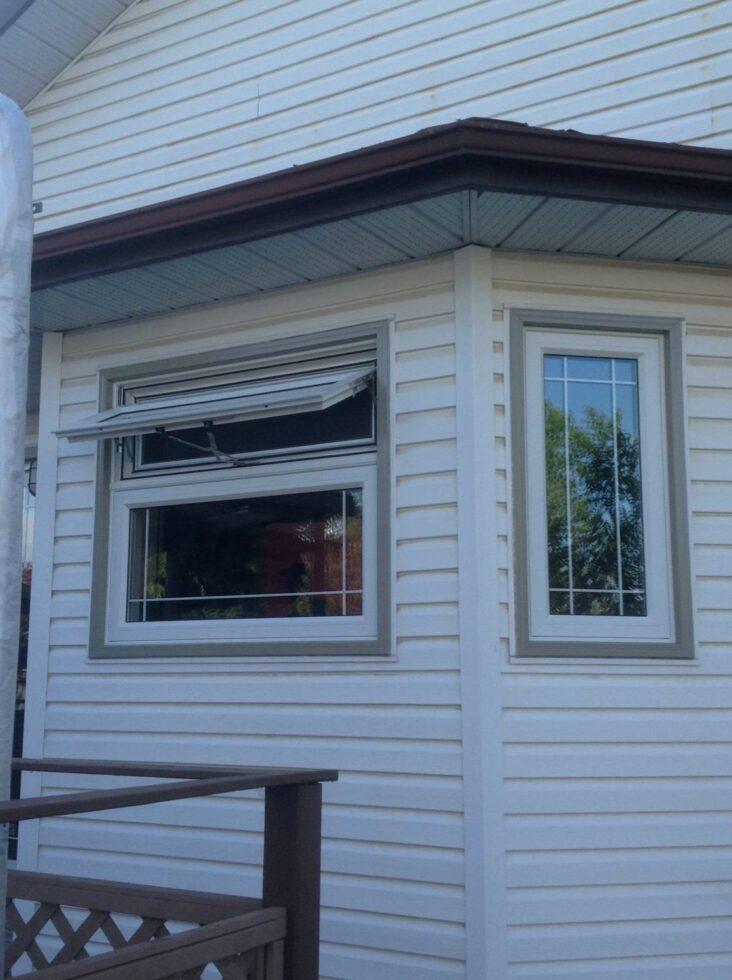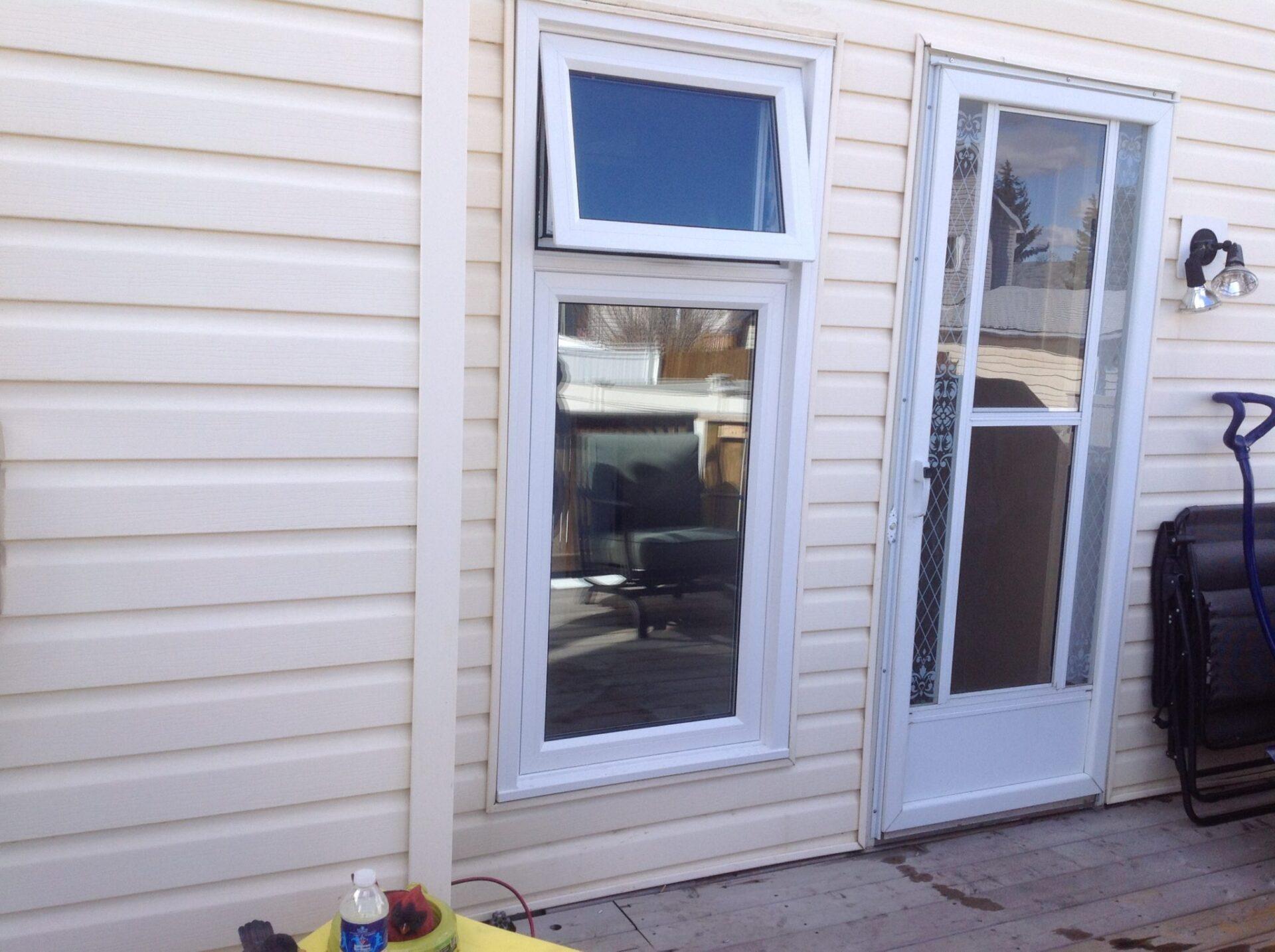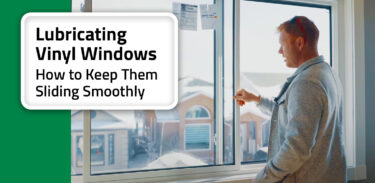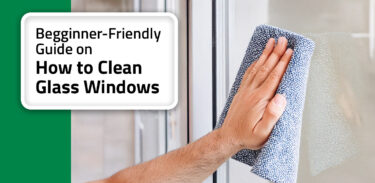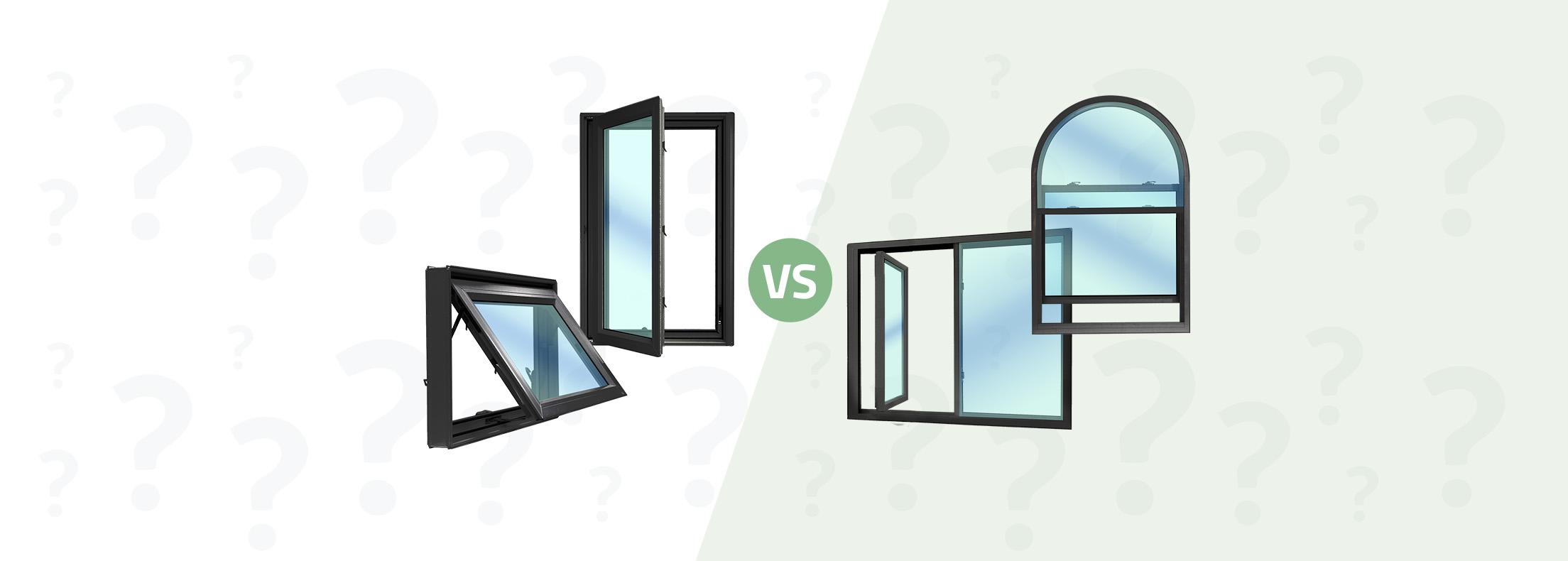

Comparing Popular Window Styles: Awning and Casement vs. Slider and Hung
Sep 20, 2024
9 min read
5269
As you may already know from our previous posts, the window replacement process can be intricate. And how complicated your project gets, depends on your needs as a homeowner. If you are making your decision based on price and speed of delivery, your criteria for a window company will be altogether different from a homeowner who is more concerned with home energy efficiency and functionality.
These last two factors are directly influenced by the style and type of modern windows that you choose. As such, when comparing windows it is good to start comparing by type (ie. sliding windows vs. crank windows) and then get more detailed by comparing the different styles – slider vs. awning, or hung vs. casement. Each type of window has its own benefits, and that is often reflected in their price. Let’s find out how.
Sliding vs. Crank Windows: What’s the Difference?
First, let’s recap the difference between sliding windows and crank windows:
- A slider window is operated by pulling the sash side to side or down and up – and usually remains within the window frame when opened (both sliding and hung windows can be tilted inside the home for cleaning).
- A crank out window is exactly what it sounds like, it is a window that opens to the outside in response to the turning of the crank handle.
Remember, regardless of the window style you get, your windows should be ENERGY STAR rated to truly be efficient in the geographical climate of your region.
Let’s now dive in deeper and compare the different window styles that belong to both sliding and crank type of replacement windows, starting with slider vs. awning.
Awning vs Sliding windows: Side-by-Side Comparison
These two window styles are good to compare side by side, as both are best suited for openings that are wider than they are tall.
What is a sliding window?
The slider is one of the two most common types of windows (the other being the hung) that can be found in homes throughout North America. This window has two different variations: the single slider and the double slider. The difference between the two is that the double slider has two moveable panels, while the single slider only has one.
In fact, the slider may very well be the best-suited window for wide openings, as it provides the most unobstructed view while allowing for maximum ventilation. The width of the opening is also not a great concern for the slider, as it can even be adjusted for large openings by adjusting to an end vent configuration.
Why installing sliding windows?
Homeowners love sliders for multiple reasons:
- Ventilation
- Decent energy-efficiency
- Easy operation
- Aesthetics
Another benefit of the slider is that it can be cleaned fairly easily. Whether you choose to go with a lift out or tilt option, it is possible to clean both sides of the glass without climbing up on a ladder. The tilt option is practically effortless as the sash swings inside the home while still being supported by the frame.
What is an awning window?
Like the slider, the awning is also best suited for openings that are wider than they are tall. However, unlike the slider, the awning does not have the same size range as the sash simply becomes too heavy as the window gets bigger.
If you are really intent on having awning windows, the solution is to make it a combination unit with either another awning or a fixed window. This option will take advantage of all of the benefits of the awning while overcoming its size limitation.
Why installing awning windows?
The benefits of awning windows are numerous:
- Its crank out design makes it the perfect solution for hard to reach places like over the kitchen sink and allows for effortless opening and closing.
- Opening to the outside lets the awning catch breezes and, as a result, provide better ventilation than a slider. The other advantage of these windows opening to the outside is that your rooms can be ventilated even when it is raining as the sash acts just like an awning – hence the name!
- Light and visibility are other benefits of the awning window. Having a single sash with no dividers provides an unobstructed view and maximum amount of light.
There are a few drawbacks to the awning. As mentioned earlier, its size is limited. Moreover, unlike the slider, the exterior of these windows cannot be cleaned from the inside, thus it is highly recommended to install it on the ground floor (unless, of course, ladders are your thing).
Casement vs Hung Windows (single or double)
Now that you are familiar with the pros and cons of slider and awning windows we can look at hung and casement windows. To make this comparison go smoothly, take the knowledge that you have acquired above and rotate it by 90 degrees.
What you have technically done is turned the slider window into a hung, and an awning into a casement. What this means is that a lot of the benefits and drawbacks that apply to the first pair, also apply to the second. To get a better idea, let’s take a closer look.
What are hung windows?
Like the slider, the hung window also comes in two different variations – the single hung and a double hung.
Again, the difference is that double hung windows have two moveable panels, and the single hungs have one. Both variations are spring loaded to ensure that when the sash is pulled up, that it stays up.
Why installing hung windows?
The overwhelming benefit of this window is its ability to provide ventilation to a room. The double hung, unlike the single hung or any other style of window, can open from the top and thus provides extra security in kid’s rooms and keeps in-home offices organised by keeping the breeze at the top of the room.
Hung windows, like sliders, are a good choice for meeting egress requirements. These windows are easy to operate with minimum effort and can be cleaned from the inside by tilting the sash to the inside.
The main drawback of this vertical slider is the same that plagues its horizontal relative – energy efficiency. This is not to say that hung windows are not energy efficient windows, just that they are less efficient than others.
What are casement windows?
The casement is the ultimate ventilation window! Unlike the hung and slider windows, the whole window opens up to take in a breeze. Unlike the awning, the casement can be positioned strategically so that even a 2 to 3-inch opening would act like a sail on a boat and direct the breeze inside.
Already superior in ventilation capability, the casement is also the superior window for energy efficiency. Its compression seal technology provides the tightest seal, effectively making the casement the energy efficiency king of windows.
Why installing casement windows?
Casement windows are ideal for hard to reach places, provide an unobstructed view, are easy to clean and are generally hard to break into. Finally, what sets the casement apart from the awning for most people is that it can be cleaned from the inside.
Casement windows can also suffer from the wrong operation, just like their horizontal counterparts. Knowing how to properly operate crank windows is essential for them to last a long time. The final similarity between casements and awnings is that the space outside should be considered as the casement opens to the outside as well and can be an inconvenience in a high traffic area.
A Full Comparison of Window Styles: Casement vs. Awning vs. Hung vs. Sliding
As you may have noticed we did not tell you which replacement windows are the best, which ones are better and which one you should get.
That judgment is up to you. By knowing how each window will function in your home, you should be able to make a decision that is right for you, based on your unique window replacement needs.
Check out the table below to see how each window style stands by specific features and what kind of performance you can expect. This comparison will help you understand the strengths and weaknesses of Casement, Awning, Hung, and Sliding windows, making it easier to choose the best option for your home
| Feature | Casement Window | Awning Window | Hung Window | Sliding Window |
| 💨 Ventilation | Excellent ventilation; can be fully opened for maximum airflow. | Good ventilation; can be opened during rain for airflow without water entering. | Moderate ventilation; only one sash opens at a time (in single-hung). | Good ventilation; typically provides a wide opening along the horizontal track. |
| 🪟 Ease of Use | Easy to operate with a crank handle; opens outward. | Simple operation with a crank handle; opens outward from the bottom. | Easy to open with a sliding vertical sash; minimal effort. | Smooth sliding mechanism; sash moves horizontally along tracks. |
| ☀️ Energy-Efficiency | Highly energy-efficient due to the tight seal when closed. | Energy-efficient due to compression seals; minimizes air leakage. | Moderate efficiency; prone to air leaks due to more movable parts | Less energy-efficient compared to casement/awning |
| 🧹Cleaning | Requires minimum cleaning and occasional hinge maintenance. | Requires cleaning and crank maintenance; easy to clean from the inside. | Simple to maintain, but cleaning the top sash (double-hung) can be challenging | Low maintenance; tracks need occasional cleaning to ensure smooth operation |
| 🔒 Security | Highly secure due to multi-point locking system. | Very secure with compression seals and locking system. | Secure, but single-hung models have less reliable locks compared to casement | Generally secure, though less robust than casement or awning models. |
| 🌟 Ideal for | Bedroom, Living Room, Basement | Kitchen, Bathroom | Bedroom, Bathroom | Bedroom, Basement, Kitchen |
| 💰 Average Cost | $1340 – $2624 | $1425 – $2912 | $1267 – $3243 | $1402 – $3641 |
1750 Coast Meridian Rd #102,
Port Coquitlam, BC V3C 6R8
100, 17866 106A Avenue,
Edmonton, AB, Canada,
T5S 1V3
3307 Dunmore Rd SE #12,
Medicine Hat, AB,
Canada, T1B 3R2
2081 Merivale Rd #201, Ottawa, ON, Canada, K2G 1G9
by appointment only
109 Ilsley Ave Unit #3, Dartmouth,
NS, Canada, B3B 1S8







